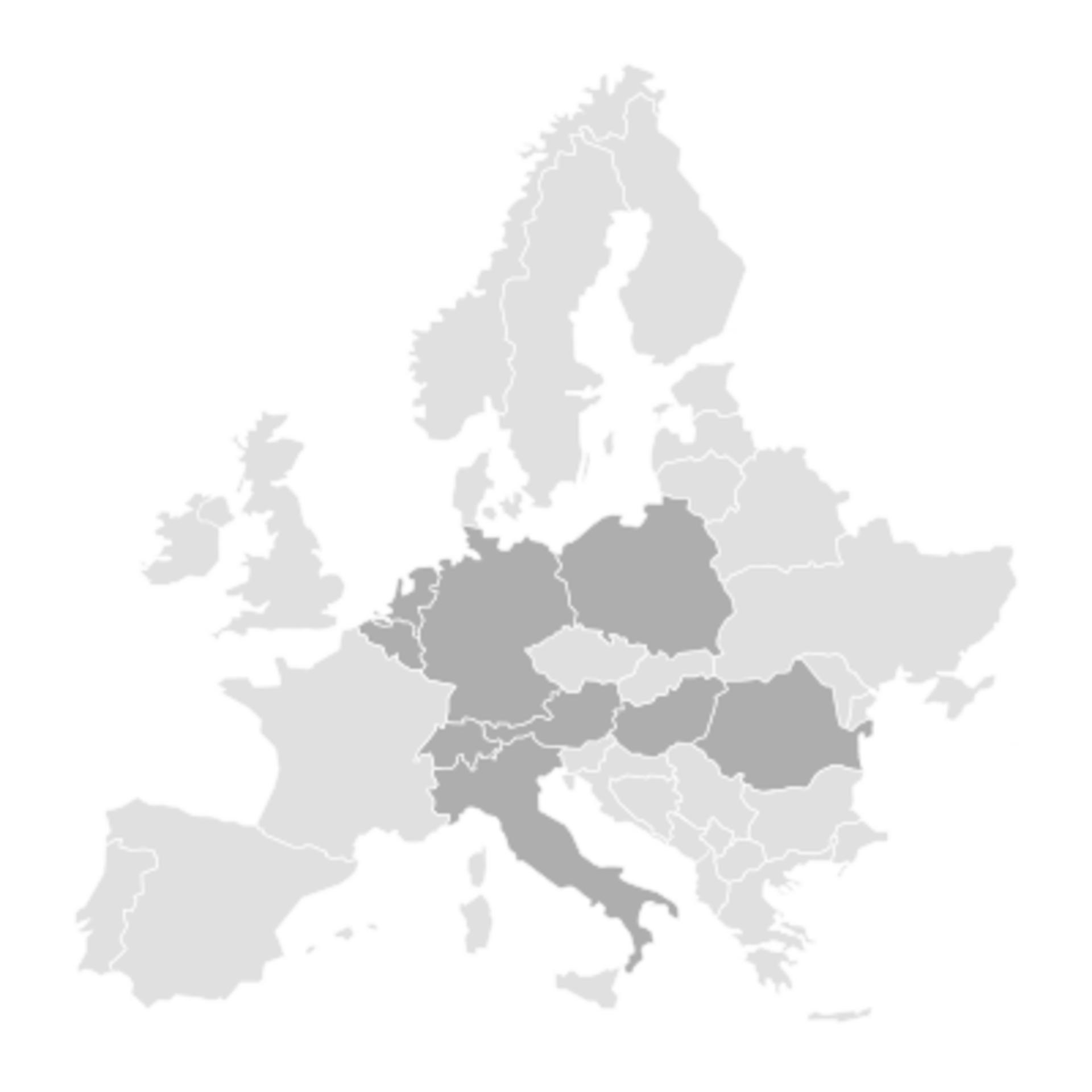Customised energy generation systems with GETEC
New development and modernisation of existing systems
In times of the energy transition and fundamental political reforms with regard to energy generation and supply, providing a reliable, efficient and economical source of energy to industrial companies is increasingly challenging. GETEC plans, builds, finances and operates customized energy generation systems for the industrial sector. The company also sees itself as a full-service partner in all energy-related questions.
Together we will find the energy solution that is right for you.

EFFICIENT, ENVIRONMENTALLY-FRIENDLY AND SUSTAINABLE
SUPPLY OF ELECTRICITY
A lot has changed since the first power plant was built. Electricity, once a luxury for the few, now impacts so many aspects of our daily lives that it is almost impossible to imagine a world without it. Today, electricity is a consumer good, the driving force behind industry, the basis of telecommunication and most other services, and, most importantly, something that we take for granted.
We are now accustomed to electricity simply and reliably flowing out of the socket. Continuous improvements through persistent development work over the last three centuries have led to the reliability of electricity supply that we no longer want to do without today. Other important goals have been added in the recent past: Efficiency, environmental compatibility and sustainability.
HISTORY
OF POWER PLANT CONSTRUCTION
Before alternating current conquered the world at the end of the 19th century, it was only ever possible to use it locally - in the immediate proximity of the first power plants. Even for the first direct current power plants, which included the famous Pearl Street Power Station in New York (1862), the possible range of energy transmission was only a few kilometers. The voltage drop in the power grid had a restrictive effect.
DIRECT AND ALTERNATING CURRENT
The battle between direct current and alternating current was decided: Alternating current managed to prevail over direct current because it allowed energy to be transmitted across longer distances, and with reduced losses, too. The trick: The the voltage level of the alternating current could simply be increased using transformers to counteract transmission losses en route and then lowered through additional transformers at the consumer end. There were no such transformers for direct current. This made it possible to build centralized and efficient large-scale power plants close to the energy source (e.g., hydroelectric power plants in the mountains or coal-fired power plants near opencast mines) and connect them to the end consumers in the sometimes distant cities.
TRANSMISSION GRIDS
Physics dictates that the electricity generated must be used immediately. Standardization of the individual, isolated power grids to the same frequency level made it possible to connect them to form continental transmission grids. The large pool of interconnected consumers and generators created in this way allows fluctuations in one area to be compensated for by opposite fluctuations in other areas. A large overall system is inert and thus less vulnerable to fluctuations. At the same time, this has made it possible to supply the large engines of industry, the railroad networks, street lighting as well as private households, thus reducing the cost of electricity for all consumers.
Since that time, the goal has been to build ever-larger power plants in line with economies of scale. The specific generation costs dropped drastically, with one new efficiency record chasing the next. This trend is obvious when you look at the typical size of coal/oil-fired power plants over the last 60 years. In the 1950s and 1960s, the typical power plant size was 300 MWel, in the 1970s it was 600 MWel, and it finally increased further to over 1000 MWel per power plant unit in the 1980s. In the 1990s, this trend was reversed. The introduction of modern CCGT plants, the increasing use of renewable energy sources and the effective use of energy in industrial cogeneration plants led to a decentralization of power generation again. Thus, there was again an increase in power generation close to demand rather than in distant large power plants and, for the first time, the optimal power plant size decreased again.
CLASSIFICATION OF
POWER PLANT TYPES
Over the course of the roughly 150-year history of power plant construction, a number power generation technologies have been developed and optimized. These can be categorized on the basis of various criteria, including:
• Operating principle
• Working material
• Primary source of energy
• Plant size
Each of these technologies has various advantages and disadvantages when it comes to efficiency, availability, cost-effectiveness and sustainability. The type of power generation and its size need to be determined on the basis of the specific project parameters. It is not least because of this diverse reason for being that the modern power plant mix is so broadly diversified.
Globally, fossil fuels account for around 68% of electricity generation and about 30% of all CO2 emissions. CO2 neutrality, sustainability and free "fuel" generated by renewable sources are countered by their heavy reliance on environmental factors (sun, wind, water, etc.). The resulting fluctuations in energy generation capacity and low utilization levels have a negative impact on cost effectiveness.
The load profile of biomass and biogas power plants can indeed be easier to control, but they are still limited in output due to limited fuel availability.
ENGINEERING TECHNOLOGY AND STRUCTURAL IMPLEMENTATION
GETEC has more than 20 years of experience in decentralized energy supply for its customers. GETEC builds heating plants and combined heat and power plants for a variety of companies on the basis of its own planning and has experience in the approval, construction, operation and servicing of several hundred plants that have already been built. Our customers benefit greatly from this expertise.
We embody partnership –
find your contact.
With more than 70 locations throughout Europe, we are always at your doorstep.
Contact us. We are here for you.